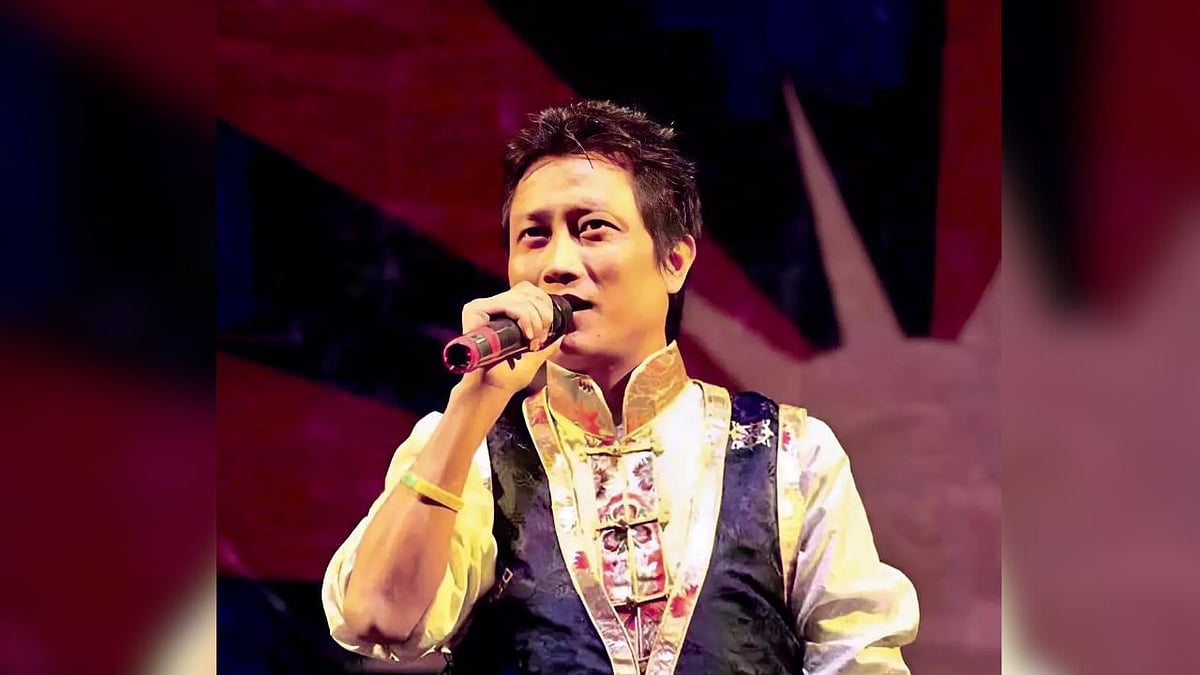Bhikhari Thakur, widely considered to be the greatest artist produced in Bhojpuri language, whose plays on the pathos of having to migrate and leave one's home for employment and songs lamenting the evil customs in society moved the audiences to tears, had passed away on July 10, 1971. As July 10 would mark the 52nd death anniversary of Bhikhari Thakur, here's a look at the life and works of the legendary artist, who was termed as "the Shakespeare of Bhojpuri" by professor Manoranjan Prasad Singh.
Born in Chhapra, Bihar
Bhikhari Thakur was born on 18 December, 1887 in Kutubpur village of Chhapra district in Bihar. Bhikhari Thakur's father was Dalsingar Thakur and mother's name was Shivkali Devi.
Prominent Bhojpuri Works of Bhikhari Thakur
1. Bidesiya- Bidesiya is Bhikhari Thakur's most famous work. It talks about the emotional upheavel and struggle a person and their loved ones go through after the person has to leave their native village or land in search of work and to earn one's livelihood.
2. Ganga Asnan- Ganga Asnan, the play, was published in 1953. The play is a commentary on the ill treatment of elders in the family and also talks on religion.
3. Gabarghichor
4. Ganga Asnan
5. Radheshyam Bahar
Besides the above mentioned works, Bhikhari Thakur penned, directed and acted in a number of plays in Bhojpuri which were presented to the rural audience in the form of long dialogues and songs. He is remembered for popularising "launda nach" which was men dressed as women and performing parts in the plays.
Other notable works
Nanad Bhaujai
Bhai Birodh
Kaljug Prem
Bidhwa Bilap
Putrabadh
Chauvarn Padavi
Nar Nav Avatar
Naai Bahar
Budhsala ke Bayan
Biraha Bahar
Bhand ke Nakal
Nabin Biraha Bahar
Harikirtan
Jasoda Sakhi Sambaad
Chaujugi
Jai Hind Khabar
Bhajanmala
Mata Bhakti
Naam Ratan
Ram Naam Mala
Seeta Ram Parichay
Ek Arti Duniya bha' ke
Pustika Suchi
Sanka Samdhan
Praise for Bhikhari Thakur
Polyglot and Hindi's greatest travel writer Mahapandit Rahul Sankrityayan called Bhikhari Thakur the ‘unguarded diamond'. Jagdish Chandra Mathur termed him an ‘artist in the tradition of Bharat Muni‘. In 1944, the Bihar Government honoured him with the title of Rai Bahadur or Rai Sahab.











